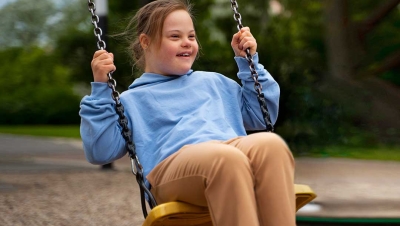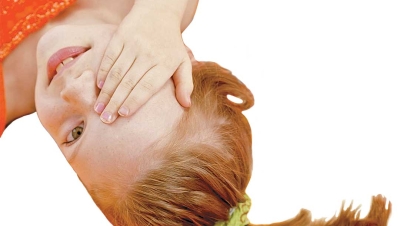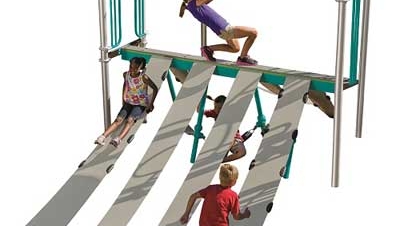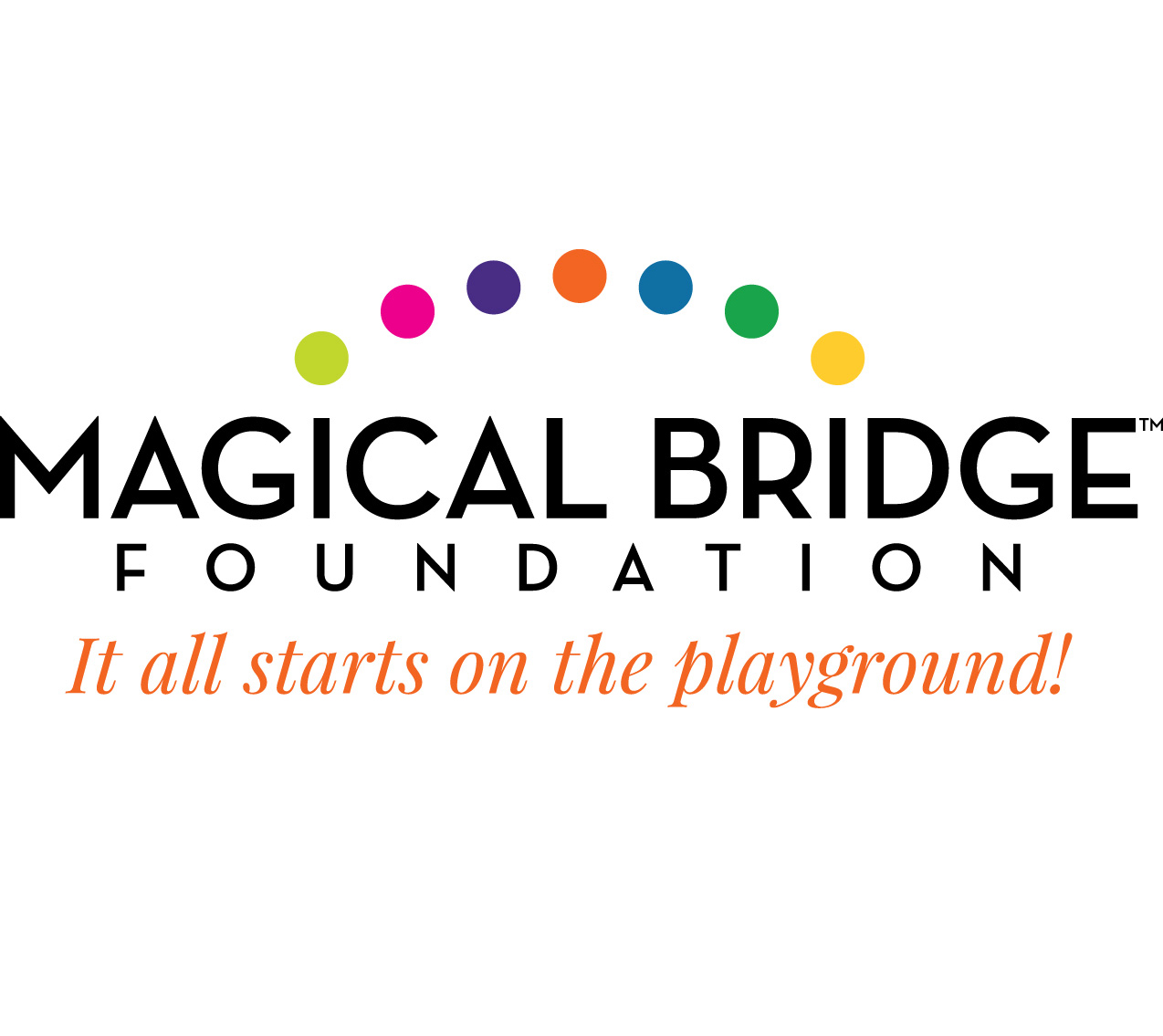Samuel and his cousins
Have you ever run into these comments and observations when planning a playground?
- Why do we need to worry about inclusive design, isn’t inclusion just a fad?
- Do we really need to make our playground inclusive, we don’t have any children with disabilities in our neighborhood?
- I never see anyone with a disability at our parks.
- We don’t have any children with disabilities involved in our parks and rec programs, so why do we need to worry about making our facilities inclusive?
Let’s start with a story and then move to some hard, cold facts.
As you know, I have a son with a disability. So if you are counting, that is 1 person. Do we need to do anything special for one person? Well, Samuel comes with a family; he has a sister and parents. That'sthree more people that are effected daily by a disability. Samuel also has grandparents, aunts, uncles, and cousins, all of whom have gone to a playground with Samuel at one time or another. So now we have 30 people that are affected if not daily, then frequently enoughby a disability to notice. When Samuel was little, he was in an inclusive classroom with his typically developing peers — all of these children considered Samuel their friend and wouldn’t have dreamed of going outside to play if Samuel didn’t come. Add another 20 people to the list of people that are affected by Samuel.
So the next time you think that there is only one person with a disability here andit isn'tworth the effort, remember that Samuel isn’t just one, he is 50 or 60 people.
Now the facts:
According to theUS Office of Special Education Programs,[i] inthe fall of 2011 there were 67,789,851 students ages 6-21 in the United States. Of these students, 5,670,680 or 8.4 percent received special education services. An average size of an elementary school classroom in the United States is 446[ii] — this means that on average every elementary school is servicing 37.4 students with a disability. This is the equivalent of one and half classrooms per school.
As disabilities are equal opportunity (it is not dependent on class, gender, race — anyone can have a disability), this means there are children in your community that have disabilities, even if you haven’t seen them.
The reason you may not have seen them is that a majority of disabilities are invisible. Not every child who has a disability has a physical characteristic that defines them. Not every child with a disability uses a mobility device. The Office of Special Education Programs reports thatover 55% of the students receiving special education services have invisible disabilities.
Let’s look at whether inclusion is a fad. You would think that in 2014 with the preventative medicine we have, better nutrition, better immunizations, etc. that the number of children with disabilities would be going down. With less children with disabilities, the less need for inclusive design, therefore a fad that will go away. However, this isn’t true. The number of children with disabilities is going up. We don’t know why, but it is true.
According to a study by the Centers for Disease Control and Prevention,[iii] overthe last 12 years the prevalence of developmental disabilities in children has increased 17% — that's about 1.8 million more children with disabilities in 2006–2008 compared to a decade earlier.
The main finding of this study was that “there is an increasing need for health, education and social services, and more specialized health services for people with developmental disabilities.” If there is a need for these types of services, then there is also a need for recreation facilities designed to support them.
Here are just a few more facts. This time from Disability Funders:[iv]
- People with disabilities constitute the nation's largest minority group, and the only group any of us can become a member of at any time.
- Between 1990 and 2000, the number of Americans with disabilities increased 25 percent, outpacing any other subgroup of the U.S. population.
- Of the 69.6 million families in the United States, more than 20 million have at least one family member with a disability (28%).
So let’s return to the questions and statements that I often hear.
- Why do we need to worry about inclusive design, isn’t inclusion just a fad? No inclusion is not a fad. The need continues to grow and will not go away.
- Do we really need to make our playground inclusive, we don’t have any children with disabilities in our neighborhood? 8.4% of all children have a disability. So statistically it is hard to believe that your community doesn’t have any children with disabilities.
- I never see anyone with a disability at our parks. That is because over 55% of children with disabilities have invisible disabilities.
- We don’t have any children with disabilities involved in our parks and rec programs, so why do we need to worry about making our facilities inclusive? Maybe the children aren’t involved because your facilities aren’t inclusive. 28% of all families have someone in their family with a disability. There has to be families in your community that fall in this category.
These are the facts. Behind each of these numbers is a child, a parent, and a sibling that wants to do what other children and families do. We know how to design playgrounds that will allow them to do this. So here is my question: “Why don’t we make all playground inclusive?”
[i] Source: Office of Special Education Programs, Data Accountability Center; TA&D Network.<http://tadnet.public.tadnet.org/pages/712>; (accessed 9 September 2013).
[ii] Source: "Public Elementary/Secondary School Universe Survey," 1999-2000. U.S. Department of Education, National Center for Education Statistics, Common Core of Data.
[iii] Source: "Trends in the Prevalence of Developmental Disabilities in U.S. Children, 1997–2008." Centers for Disease Control and Prevention. <http://www.cdc.gov/Features/dsDev_Disabilities/>
[iv] Source: “Disability Stats and Facts.” Disability Funders Network. <http://www.disabilityfunders.org/disability-stats-and-facts>













I love this passage.I am in a
I love this passage.I am in a wheelchair my self I am only 12,and have been in a Wheelchair for 3 and a 1/2 years.I am trying to get some playground Equipment for my school because I want to let kids have fun.
Accessible Play
Nice article.
I am a Registered Accessibility Specialist licensed in Texas to do the required plan reviews and inspections under Texas law for compliance with the accessibility standards. (both federal and state). I also do Title II and Title III assessments. I receive comments like yours all the time. I constantly explain it is a civil rights law, I also am a playground safety inspector, which pulls some of this together. If you ever need any assistance, give me a call. Keep up the good work.
Steve
2102501651
[email protected]